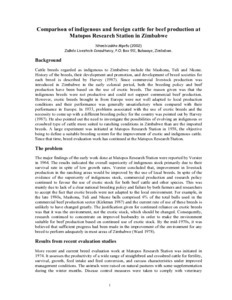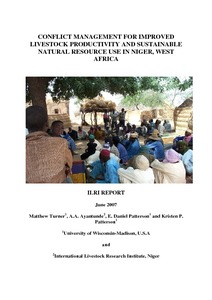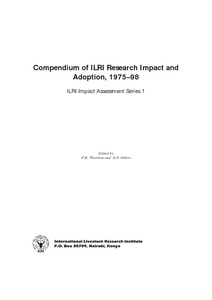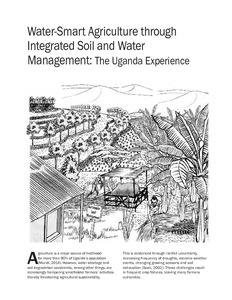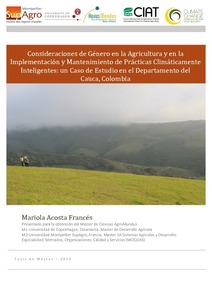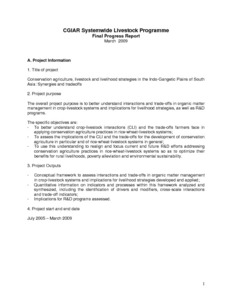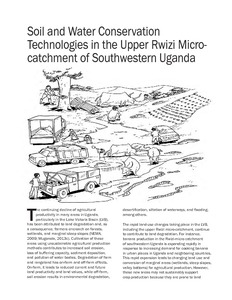Comparison of indigenous and foreign cattle for beef production at Matopos Research Station in Zimbabwe
Cattle breeds regarded as indigenous to Zimbabwe include the Mashona, Tuli and Nkone. History of the breeds, their development and promotion, and development of breed societies for each breed is described by Harvey (1987). Since commercial livestock production was introduced in Zimbabwe in the early colonial period, both the breeding policy and beef production have been based on the use of exotic breeds. The reason given was that the indigenous breeds were not productive and could not support commercial beef production.

